Last Updated on July 2, 2024 by teamobn
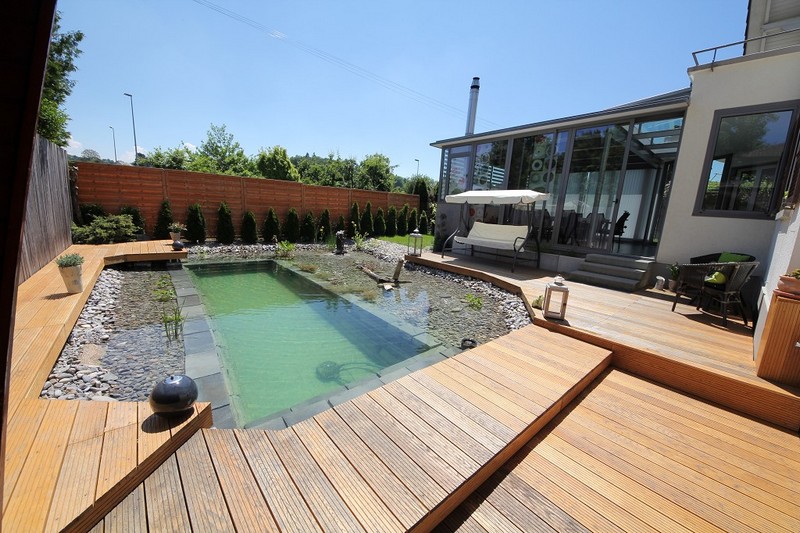
Imagine a pool with minimal maintenance yet maximum visual appeal. A pool that is functional 365 days of the year. A natural swimming pond that looks better as the years roll by. A pool with all of the positives and few, if any, of the negatives. This idea transforms into reality when you build or convert your existing pool into a natural swimming pond.
Natural Swimming Pond Benefits
A natural swimming pond combines aesthetics and usefulness to create a peaceful haven in your garden that also benefits the environment. An environmentally conscious and aesthetically pleasing addition to your house can be a natural swimming pond, which replicates the self-sustaining mechanisms of natural bodies of water.
Eco-Friendly Water Purification
A natural swimming pond purifies its water without the use of chemicals like chlorine, in contrast to typical pools. Rather, it purifies and clarifies the water using a balanced ecosystem that includes particular plants and occasionally organic bacterial activities. This natural filtering system is safer for the environment around it as well as the skin and wellness of your family.
Increased Beauty Value
A naturally occurring swimming pond adds a seasonal element of natural beauty to your garden environment while blending in effortlessly. The natural aspect of the pond, along with the addition of water plants and possibly a small waterfall or stream, creates a beautiful scene that raises the value and appeal of your home overall.
Draw of the Local Fauna
Establishing a natural swimming pond creates an environment that draws and sustains nearby species. Amphibians, birds, and beneficial insects can all find a place to live and feed, enhancing biodiversity.
This feature transforms your pond into a dynamic, interactive nature reserve where you can get up close and personal with wildlife to appreciate its natural beauty.
A healthier recreational setting
Swimming in a pure, fresh lake is similar to swimming in a natural swimming pond. A healthier setting for recreational activities is produced by the presence of natural water processes and the lack of harsh chemicals. It’s the ideal family-friendly feature because it provides a mild option for people with allergies or sensitive skin.
Interest Throughout the Year
All year long, a natural swimming pond adds aesthetic value and appeal. The pond is still a focal point of your landscape throughout the colder months when it’s too cold to swim. It can become a magnificent winter picture with frost on the plants and ice formations, providing year-round enjoyment from both inside and outside the home.
Encouragement of Ecological Equilibrium
Ponds that naturally swim are essential for maintaining ecological balance. These ponds can support local flora and animals, enhancing the health of the surrounding ecosystem, by using native plants and imitating natural water habitats. Because it is in line with sustainable living principles, natural swimming pools are a great option for environmentally conscientious households.
Adding a naturally occurring swimming pond to your property improves its aesthetics and usability while also encouraging a more sustainable and healthy environment for nearby wildlife and residents alike.
What is a Natural Swimming Pond
A natural swimming pond can be categorized as a shallow water garden or a primary swimming pool.
The difference between a shallow water garden and a primary swimming pool is that the shallow water garden is around 30cm deep and various pond plants can be seen here like Lotuses, Azolla and Water lilies. These pond plants consume the nitrogen present in the water which later on reduces the development of algae. Not removing these pond plants gives you a natural swimming pond design. This natural pond is beneficial because it’s pure and healthy. The natural ponds give a natural habitat for the frogs and other insects that will eat the mosquitos.
While the primary pools are often made from 1.8-2.4 M deep. These primary pools are made with the use of concrete or a pool heavy-duty liner.
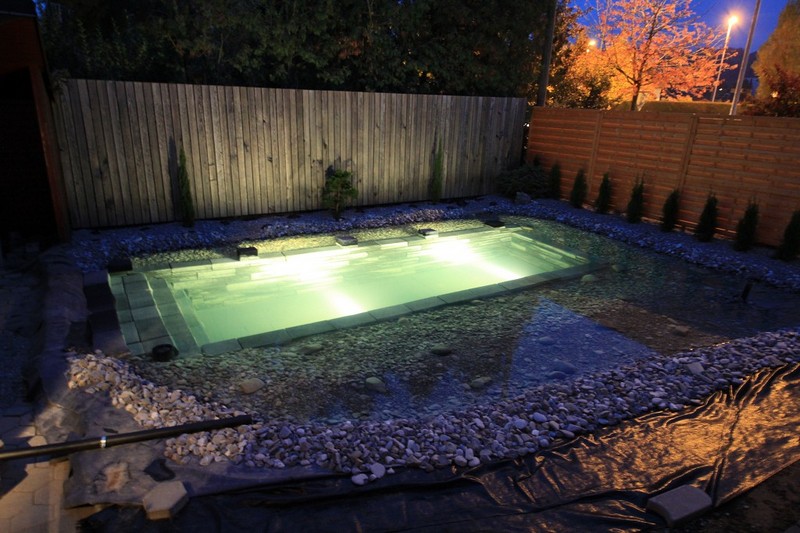
Natural ponds are a great way to recreate nature right in your backyard. They’re a low-maintenance alternative to conventional pools and allow you to swim in clean, chemical-free water. Even when it’s too cold to swim they are a beautiful landscaping feature.
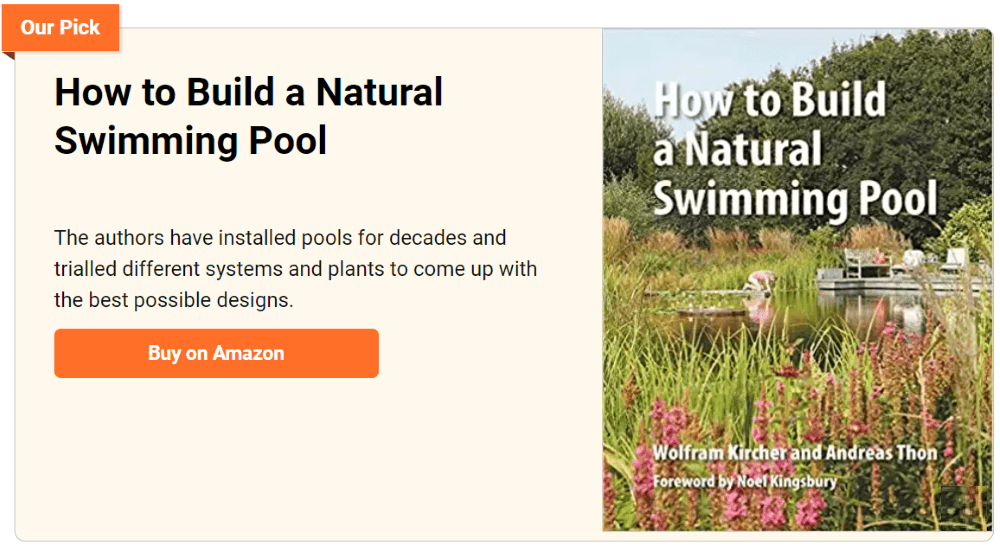
Here’s a DIY natural swimming pond Von Bubenberg built from scratch in his backyard. What’s great about this project is that none of the people who built the natural pond had previous experience in building one. By next season the plants will have filled in all around the edge and it will look lovely, day or night, winter or summer.
What are your thoughts about natural swimming ponds?
Click on any image to start the lightbox display. Use your Esc key to close the lightbox. You can also view the images as a slideshow if you prefer 😎
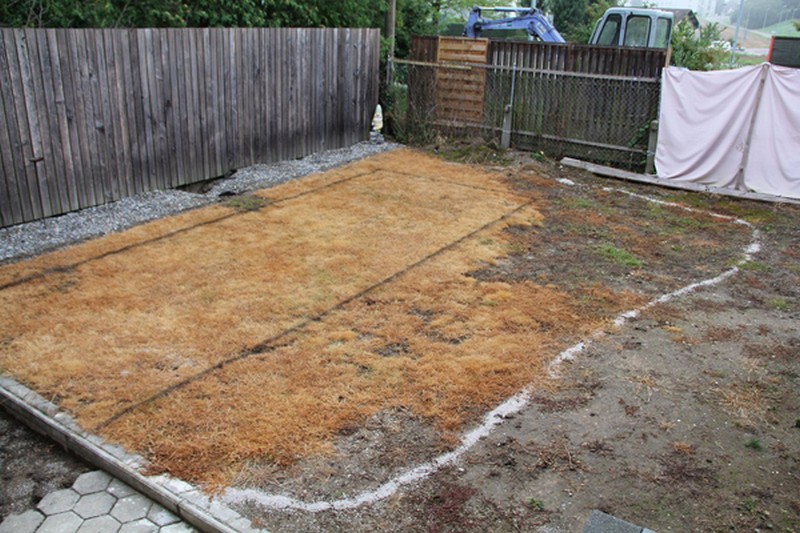
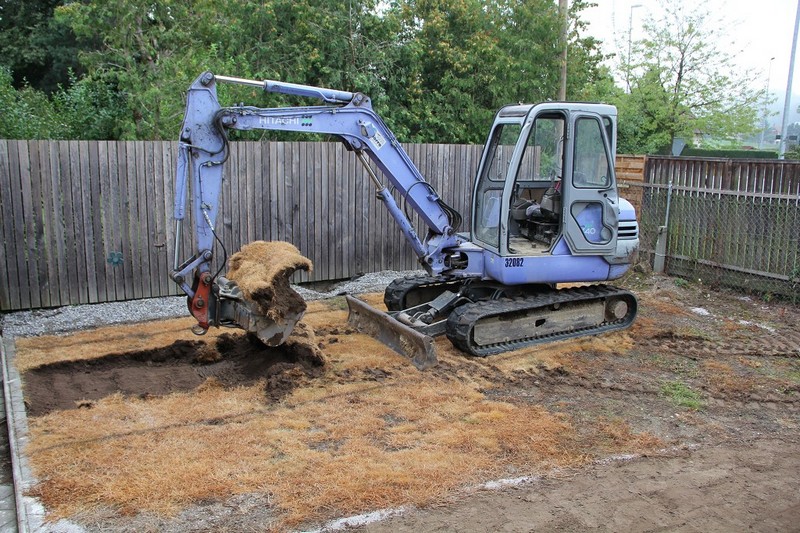
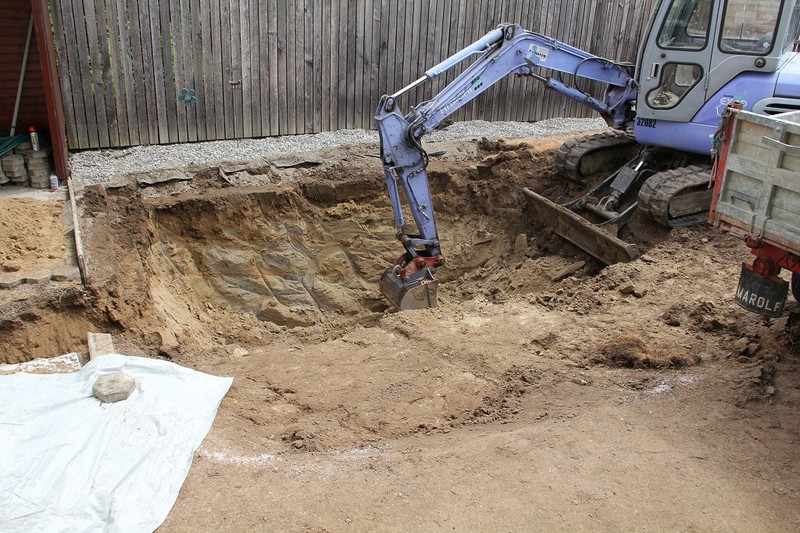
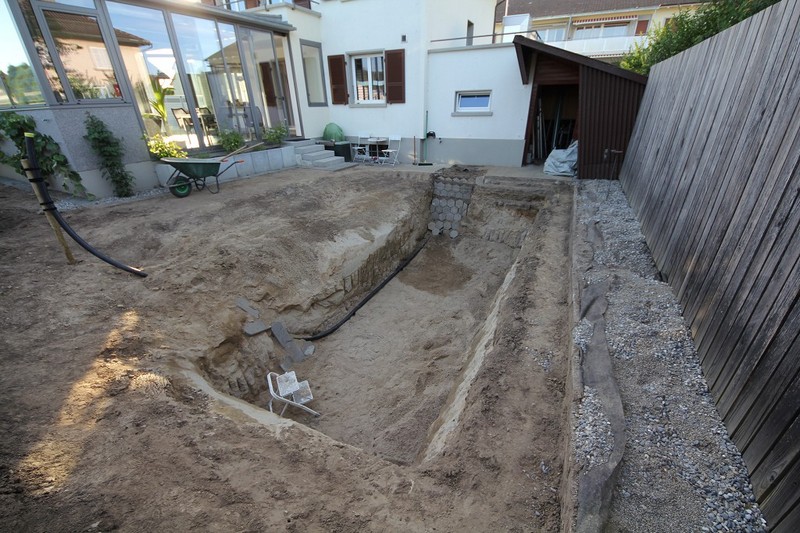
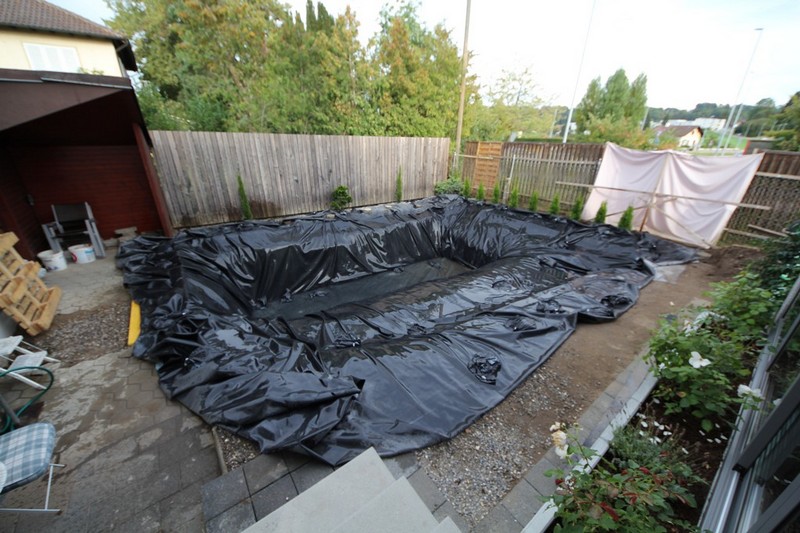
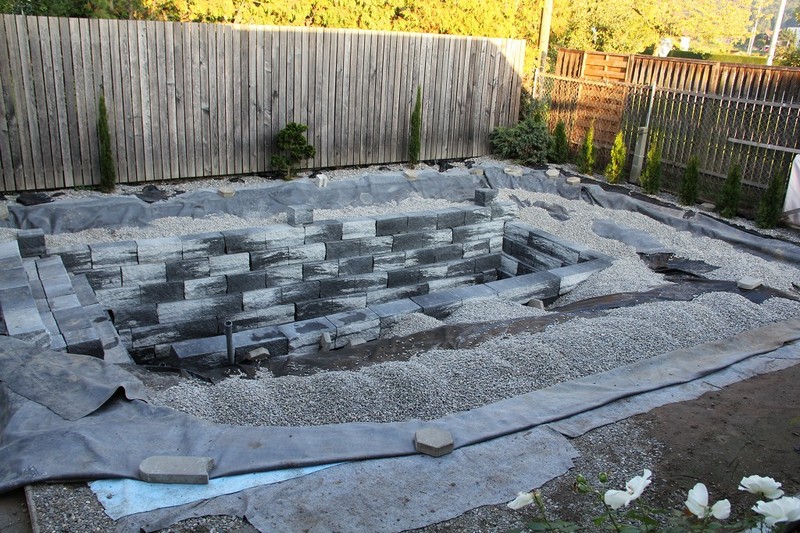


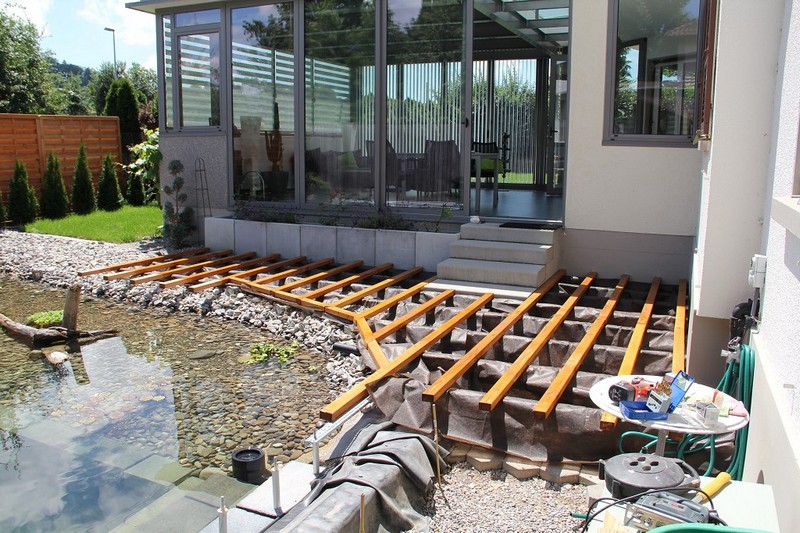
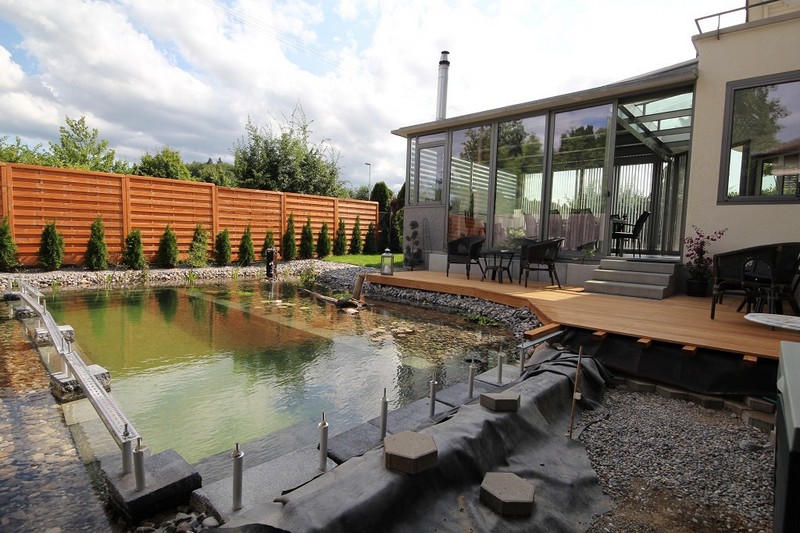

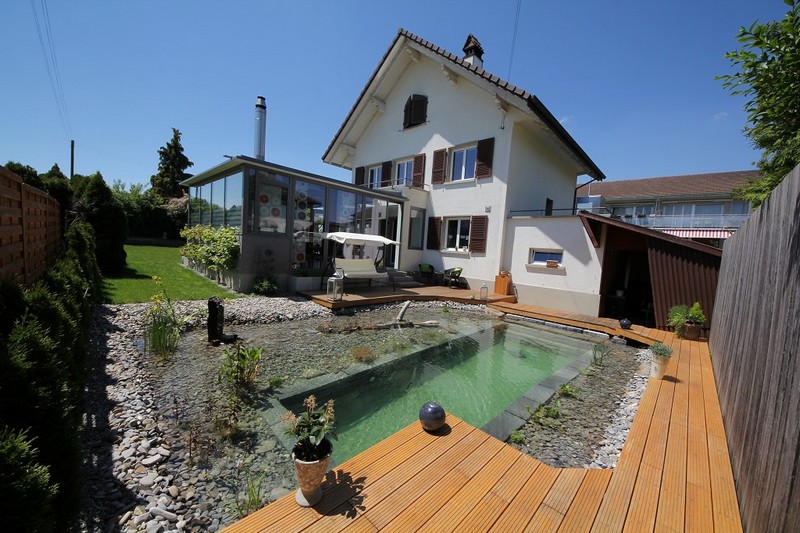
Source: Von Bubenberg
Designing Natural Swimming Ponds
Designing a natural swimming pond requires careful consideration of both aesthetic and functional elements. A well-planned pond not only enhances the beauty of your landscape but also ensures a sustainable, low-maintenance ecosystem. Here are key design considerations to keep in mind when planning your natural swimming pond.
Location and Sunlight
Choose a site for your natural swimming pond such that it balances sunlight with shade. Since aquatic plants are vital for oxygenating the water and offering natural filtration, sunlight is absolutely vital. The pond ought to ideally get five to six hours of direct sunlight every day. Still, including darkened spaces is just as crucial.
These colder areas assist control water temperature and slow down the spread of algae, which grows best in continuous sun. Shaded areas improve the biological variety of the pond by providing a suitable, sheltered habitat for many different wildlife species. To maximize both sunny and shady regions in the design of your pond, think about the movement of the sun over your land both seasonally and daily.
Size and Depth
The depth and width of your natural swimming pond should be adjusted to match the measurements of your yard and intended usage. Those who want to swim need deeper areas. Safe swimming and diving are advised with a minimum depth of 1.8 meters, so making sure the pond can allow movement free from danger of injury.
Conversely, shallow areas—which are less than one meter deep—are quite important for the pond’s ecology. These areas offer a great range of aquatic vegetation and secure refuge for little fish and amphibians among other animals. Plan the size keeping in mind future maintenance requirements and accessibility around the pond so that every area of the pond is readily attainable for maintenance and cleaning.
Zoning the Pond
The operation and maintenance of a natural swimming pond depend on good zoning. Usually a pond consists of two main zones: a shallower regeneration zone and a deeper swimming area. Acting as the pond’s natural filtering system, the regeneration zone is vital and populated by aquatic plants that play vital roles like toxin breakdown, nutrient removal from the water, and oxygen creation.
At least half of the total surface area of the pond should be this zone to guarantee enough filtration and promote a good water quality. Furthermore, the location of these zones should take practical factors like the flow of water and the distribution of sunshine into account to guarantee that plants get the conditions they need to flourish while keeping the swimming area free of pollution.
Water Circulation
Maintaining a healthy natural swimming pond depends critically on efficient water movement, hence proper water circulation is absolutely vital. It guarantees that the habitat supports both plants and animals, oxygen levels are balanced, and the water stays clean.
A created wetland area or a gravel filtration system could help you to attain natural, non-invasive water circulation inside your pond. A gravel filter lets water pass a bed of gravel where helpful bacteria break down organic waste and toxins. Conversely, a built wetland area naturally cleans the water using a range of aquatic plants. While being quite successful in preserving water quality, both systems resemble natural processes and are aesthetically beautiful.
By carefully orienting these filtering systems, one can also help to produce a natural flow that mimics the mild movement observed in natural bodies of water, therefore improving the general condition of the pond ecology.
Edging and Materials
The visual integration of your natural swimming pond with the surroundings is much influenced by the choice of materials for lining and bordering it. Strong, non-toxic materials like bentonite clay or EPDM synthetic rubber are advised for the liner to guarantee a watertight seal safe for both people and animals.
Regarding edging, materials like native plants, pebbles, and natural stones not only improve the natural appearance but also offer necessary hiding places and dwellings for pond occupants. While native plants help support the bank and stop erosion, natural stone and pebbles can be set to produce mild slopes and edges.
The pond should be a central, harmonic component of your garden as the materials you choose will accentuate the current terrain and preserve a balance between natural and planned design.
Plant Selection
A practical and aesthetically pleasing natural swimming pond depends on a varied array of water plants. These plants filter toxins, oxygenate the water, and offer habitat and food for animals. Including mixed submerged, floating, and marginal plants guarantees a strong ecology.
From below the surface, submerged plants like elodea and hornwort oxygenate the water and fight with algae for nutrients, therefore maintaining the clarity of the water. While marginal plants, including cattails and rushes, grow along the water’s edge and are vital for bank stabilization and filtration, floating plants like water lilies offer shade and help to control algal development.
Choosing native species helps especially as they enhance local biodiversity and are more suited for the local environment. These plants should be positioned deliberately to maximize their ecological functions and improve the pond’s visual attractiveness, therefore producing a rich, welcoming, and environmentally friendly aquatic scene.
Conclusion
Building a natural swimming pond is an enriching project that enhances both your property’s aesthetic and its ecosystem. These ponds provide a chemical-free swimming experience, support local wildlife, and integrate seamlessly into the landscape. Careful planning and consideration of design elements ensure that your natural swimming pond remains a beautiful and functional feature for years to come.
If you liked this project, you will also like viewing these backyard pond ideas…








